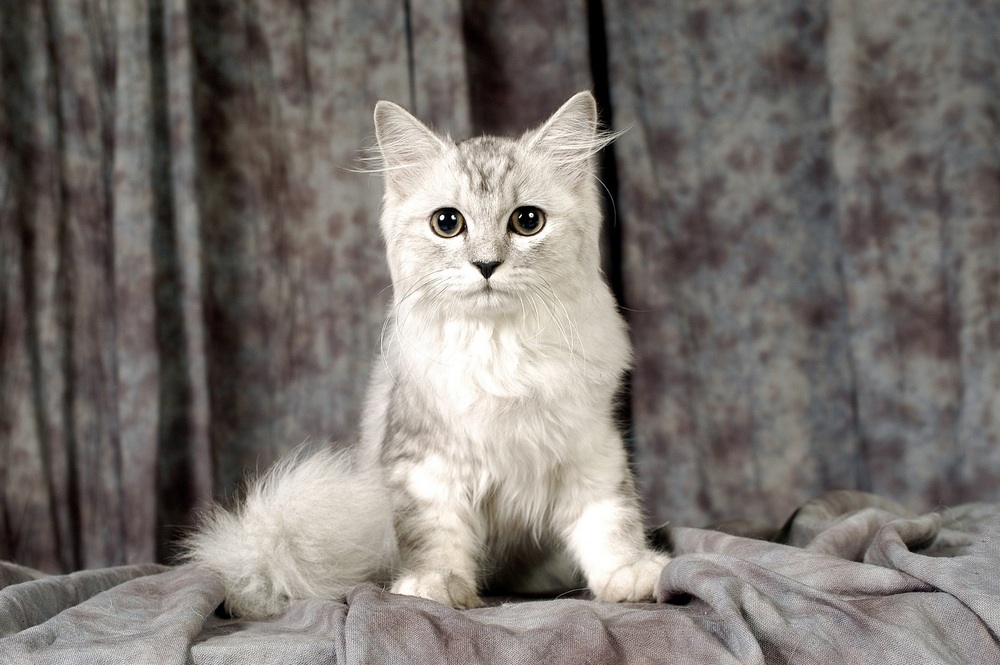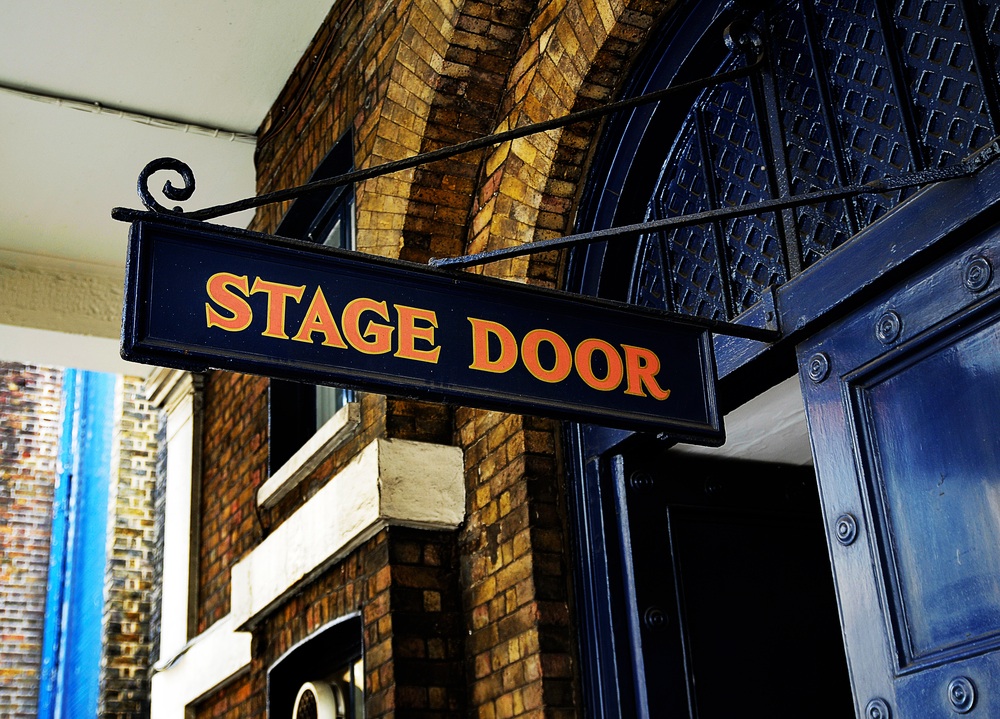Theatrical cats

There has been a long tradition of cats in theatres, serving not just to control vermin, but also helping actors to overcome their first-night nerves. Another reason is that cats are believed to bring good luck, which is important to a notoriously superstitious profession. If one soiled in an actor's dressing room, this was then taken as a sign of great fortune for the production.
The involvement with cats in the theatre is believed to extend back before Shakespeare's birth in the 1500s. Retired sailors were frequently recruited to act as stagehands, because they were used to climbing, and tying up scenery presented them with few difficulties. They were often accompanied by pet cats.
Beerbohm - a master of the art

One of the most famous theatre cats of recent times was Beerbohm. He worked itheatre signn London's theatreland as the principal mouser at the Globe Theatre, now known as the Gielgud, located on Shaftesbury Avenue. Beerbohm came from a lineage of theatre cats, being born at Her Majesty's Theatre nearby and named after the then actor-manager there, Herbert Beerbohm Tree.
The feline Beerbohm moved to the Globe as a young cat in the mid-1970s. On occasions, he chose to wander across the stage in the middle of a production, always upstaging the stars under these circumstances. He became very friendly with Fleur, another theatre cat who was based at the neighbouring Lyric Theatre.
In spite of being almost fatally injured in a road accident in this busy part of the capital, Beerbohm survived and lived for nearly 20 years. He died in retirement in Kent, during 1995, spending the latter part of his life with one of the theatre's carpenter's there. Beerhohm remains the only cat to have had an obituary published on the front page of the theatre newspaper called The Stage, and his portrait still hangs in the theatre itself.
Ambrose's arrival
There was some trouble at the Theatre Royal in Drury Lane however, when a black and white cat called Ambrose arrived in 1974. He came during the production of the play Billy, starring Michael Crawford, and would persist in walking across the stage, provoking mirth amongst the audience, but reportedly causing great annoyance to the star.
Nevertheless, Ambrose was allowed to stay, and an actress in the production, called Avis Bunnage became captivated by him. She regularly kept in touch with the theatre, to find out how Ambrose was, and when he fell ill in 1983, she helped to pay the veterinary costs for his treatment. Ambrose passed away two years later, and has not been replaced
The role of the theatre cat today

Today, there are sadly very few theatre cats left, either in London or in the provinces. The Oxford Playhouse retired its cat, known as BC (an abbreviation for Big Cat) in 1996, much to anger of some of the staff. At least one theatre still acknowledges the tradition though, because although the last working cat was resident at the Theatre Royal in Bath back in the 1970s, there is a stuffed cat still kept on the premises
The best-known members of this band in recent years have been Jack and Cleo, whose stage names are Brutus and Portia. They are resident at Shakespeare's Globe, attracting considerable attention and publicity. The Comedy Theatre on Panton Street, Westminster has also kept the theatre cat tradition alive, at least front of house, with Vivian, named after Vivian Leigh and Marilyn, so-called after Marilyn Monroe, being seen there.
The unseen risks of allowing cats to roam freely in theatres was shown by the aptly-named duo of Boy Cat and Girl Cat however, because when the late Princess Margaret came to visit The Albery (now known as the Noël Coward Theatre) in St. Martin's Lane, Boy Cat ate her bouquet!